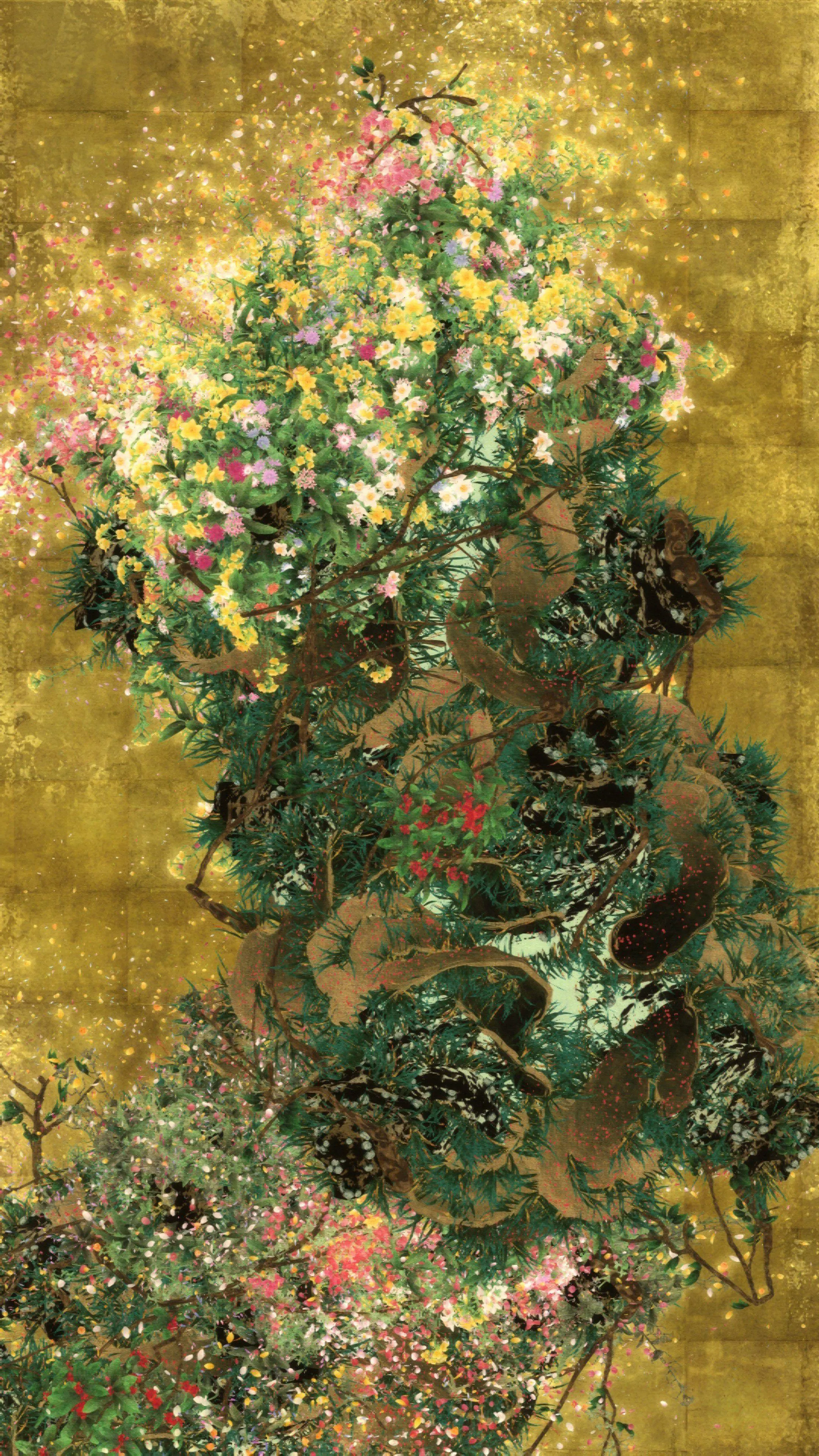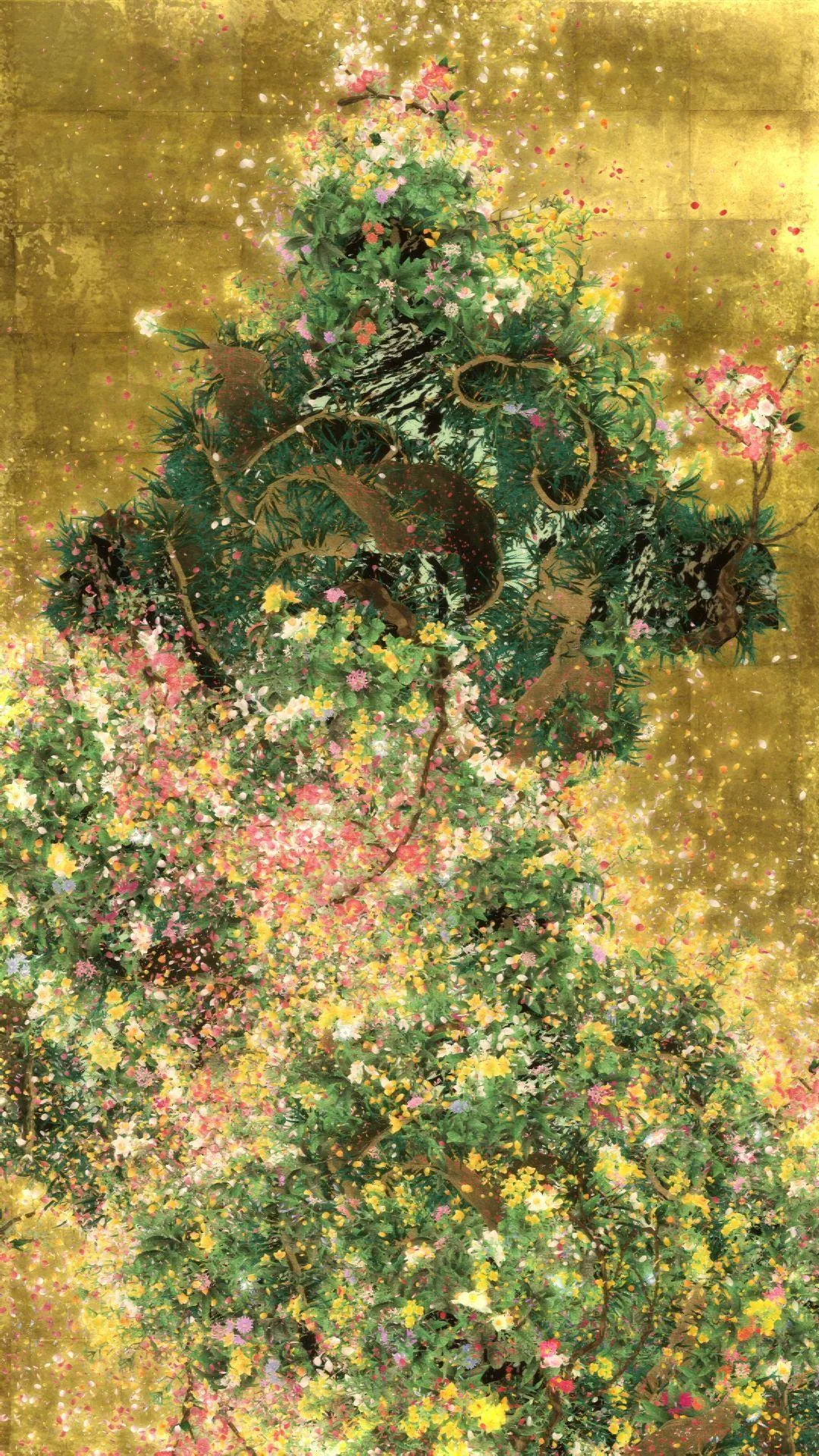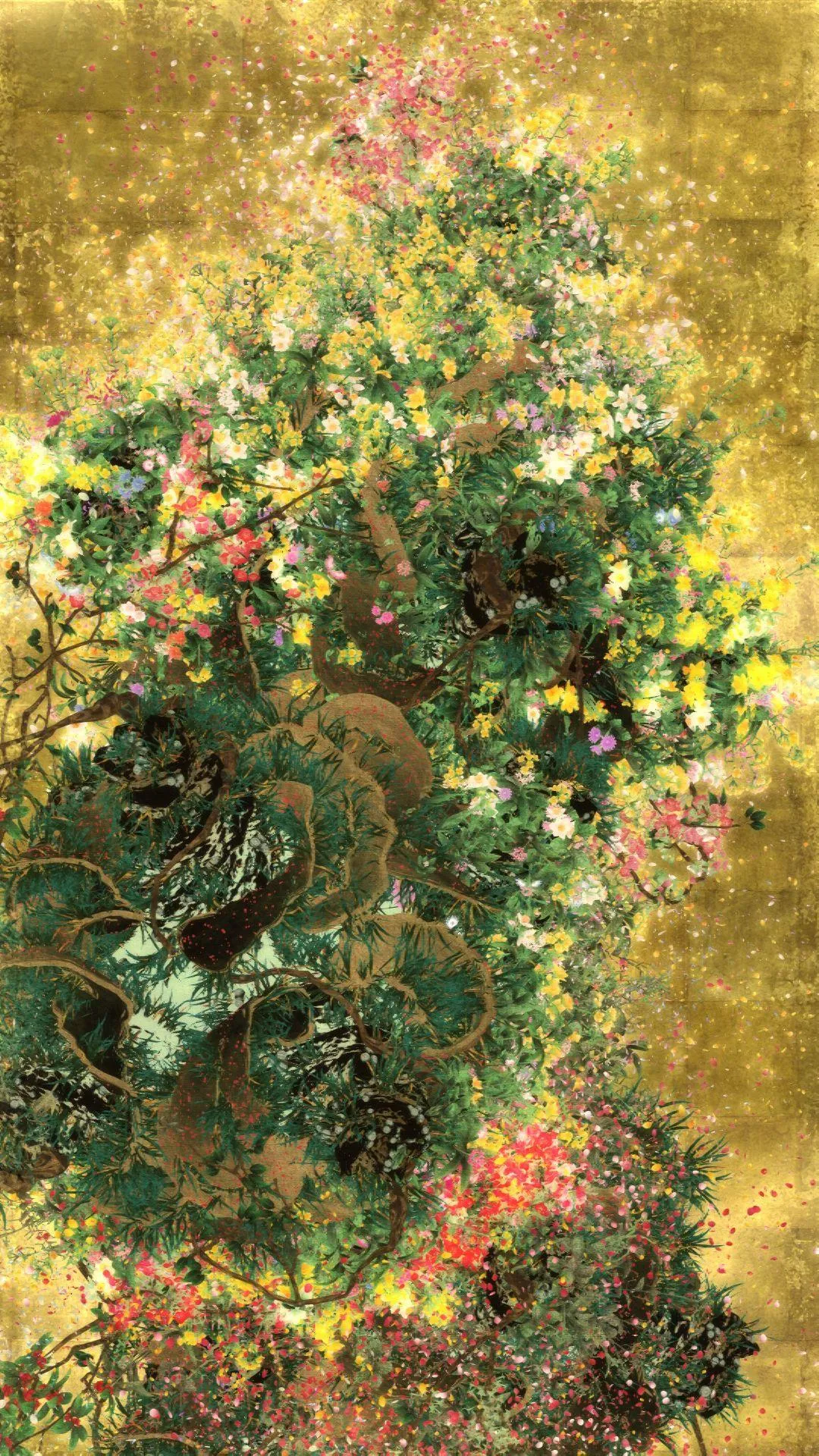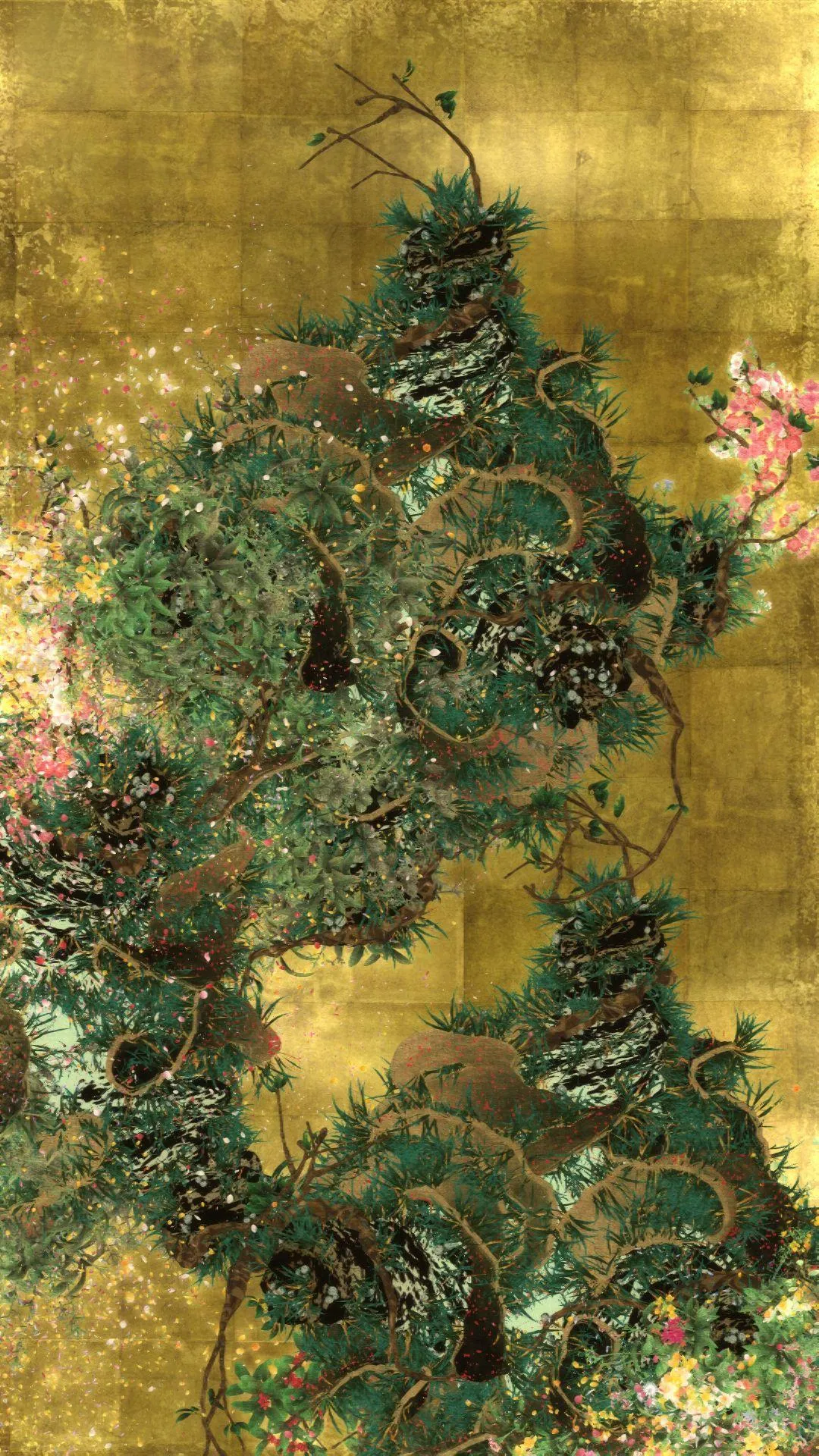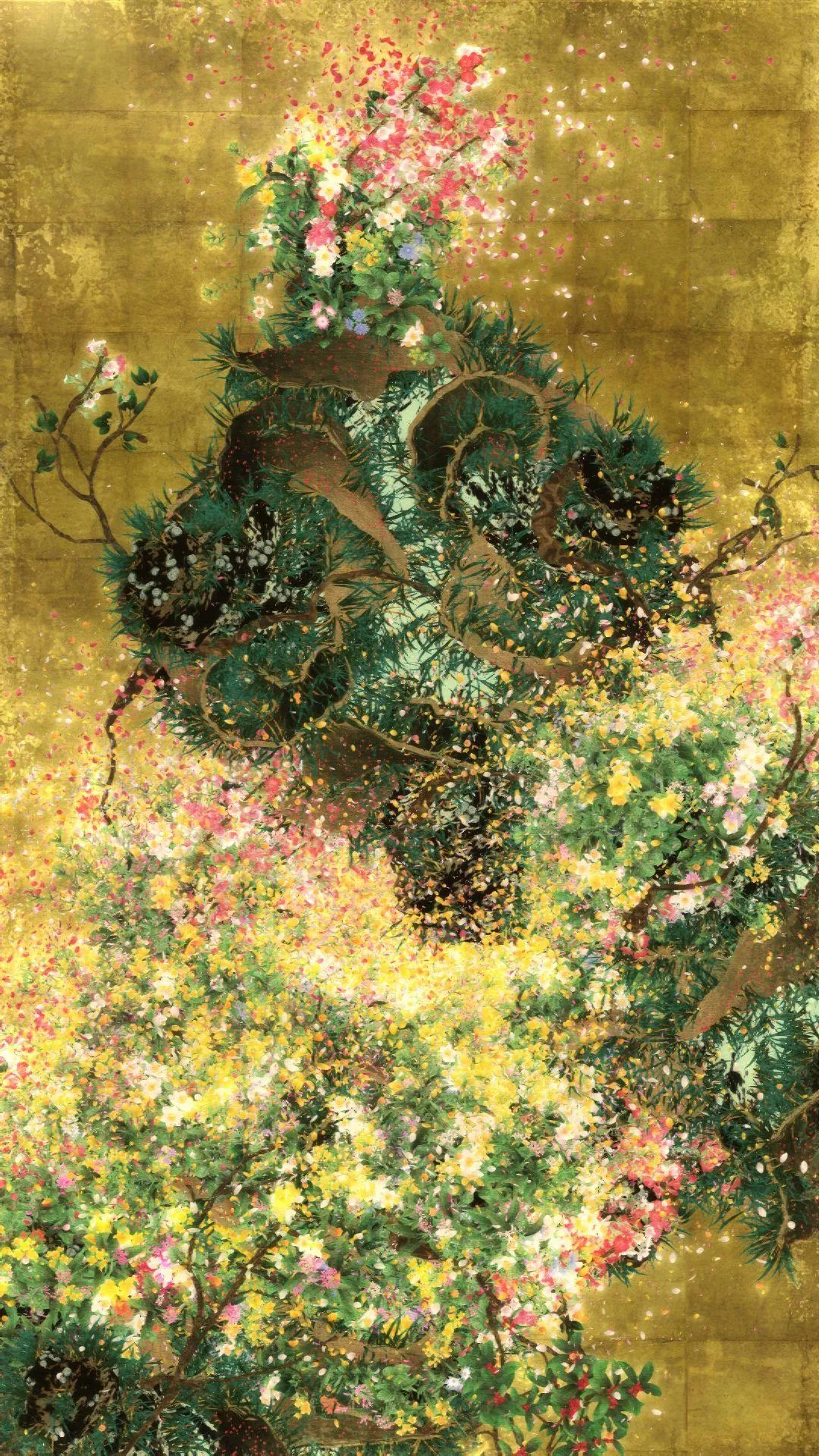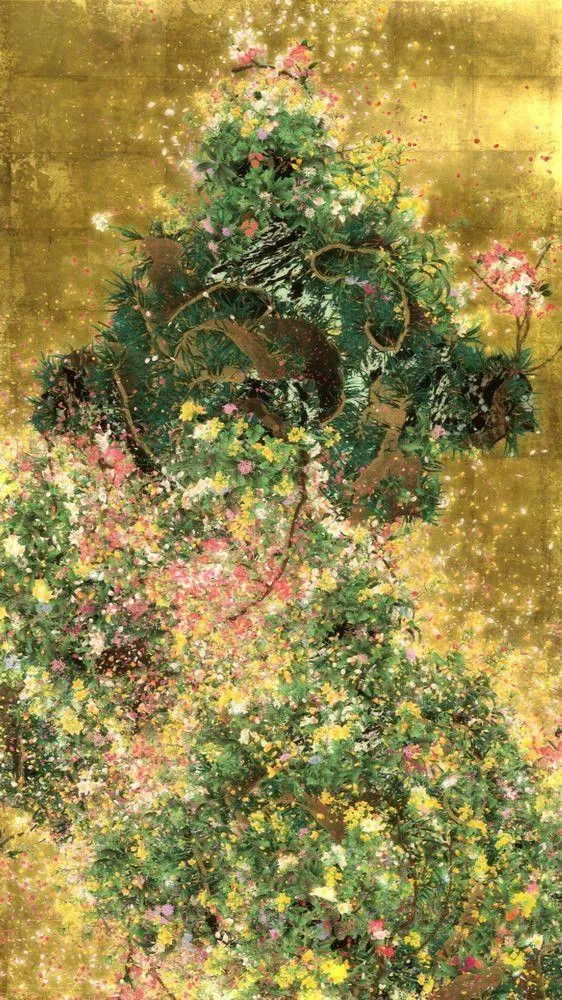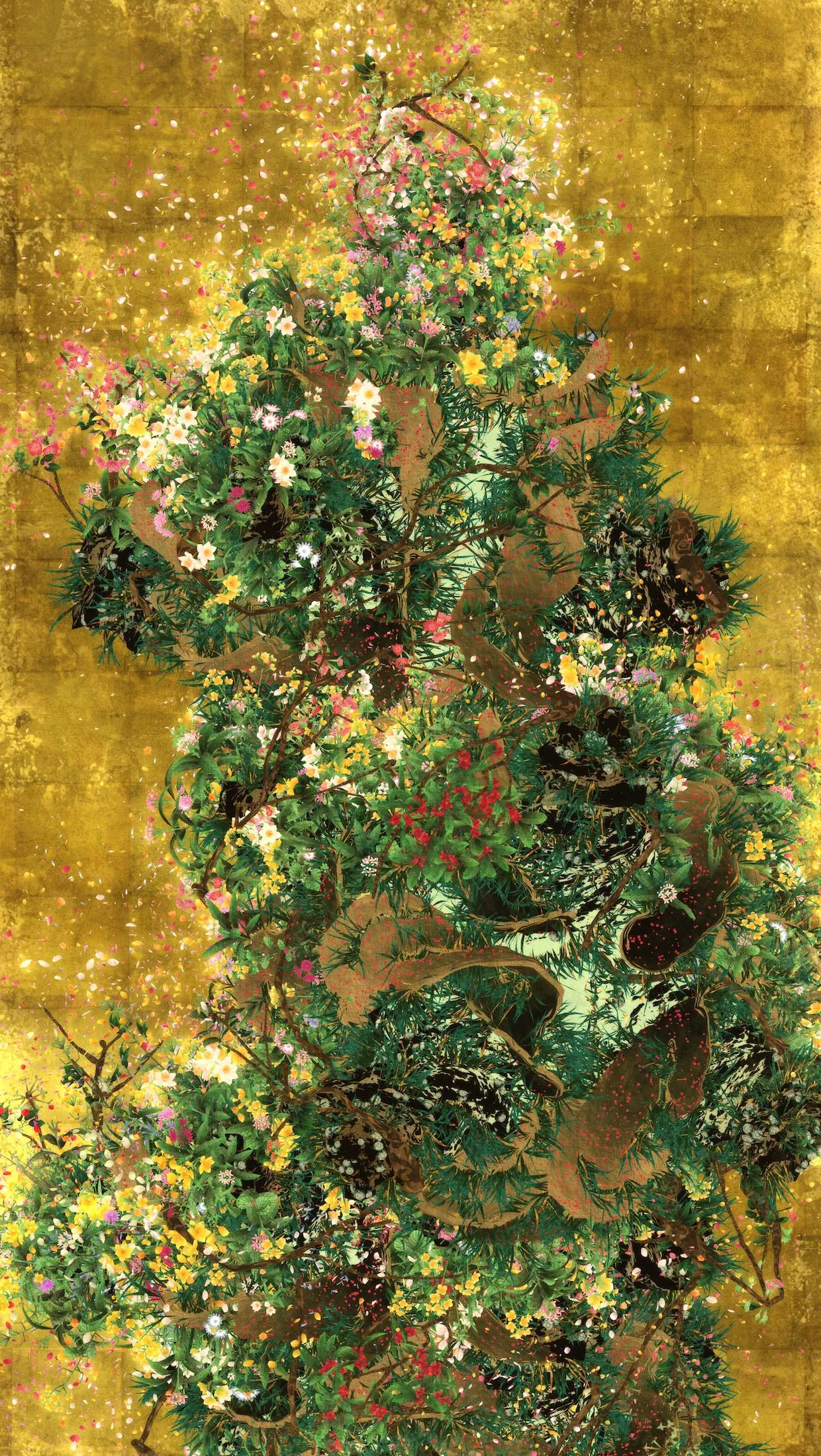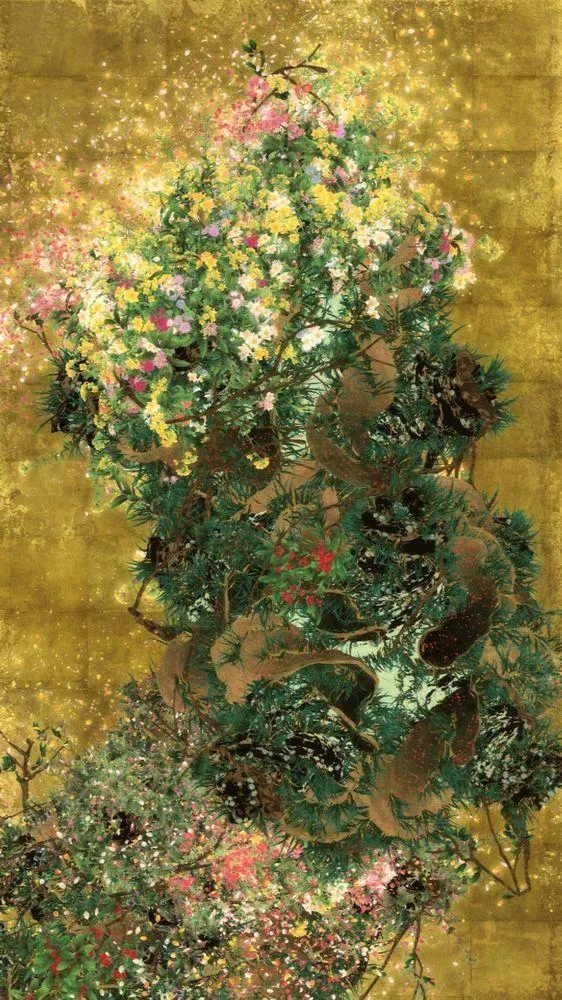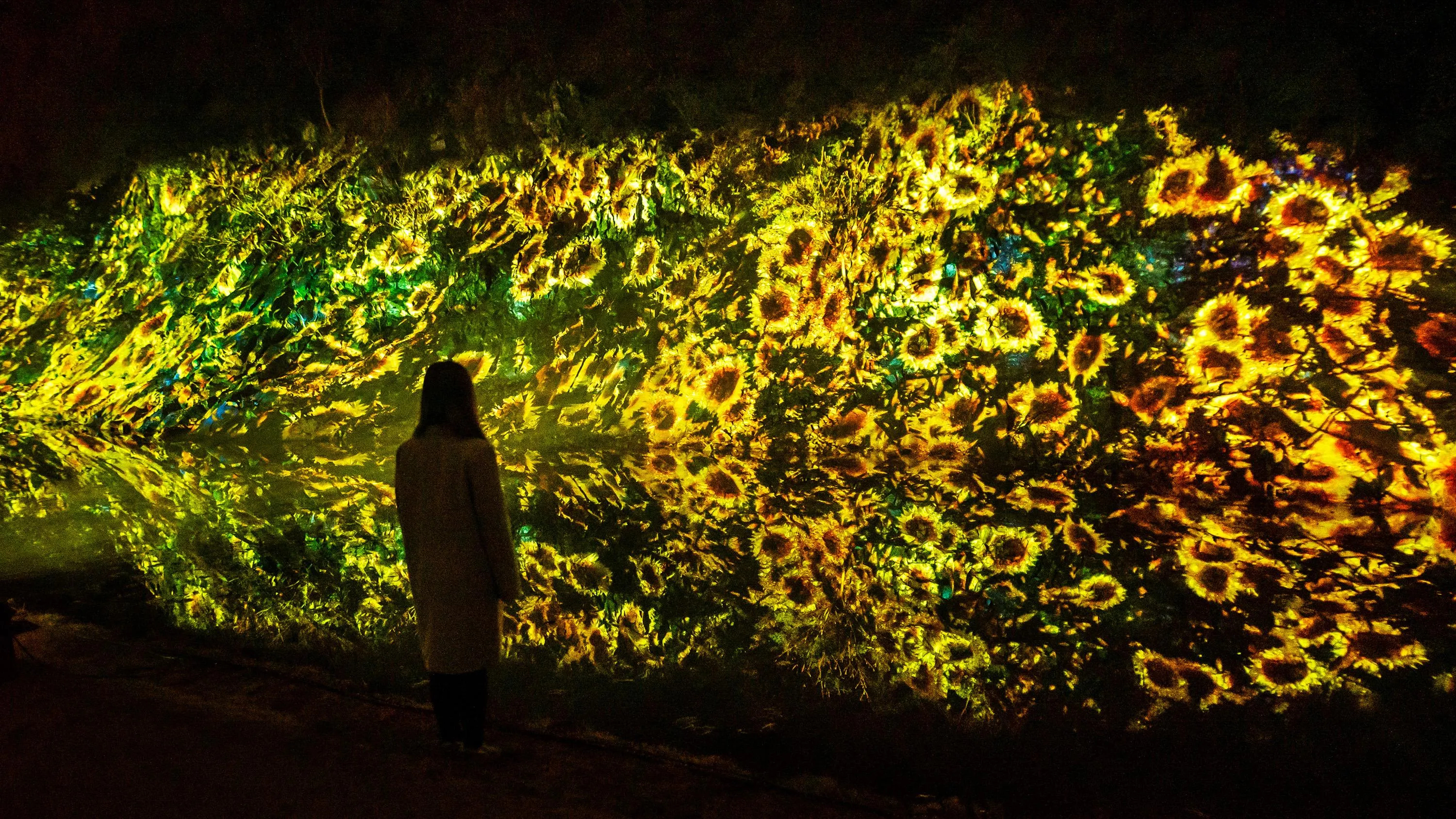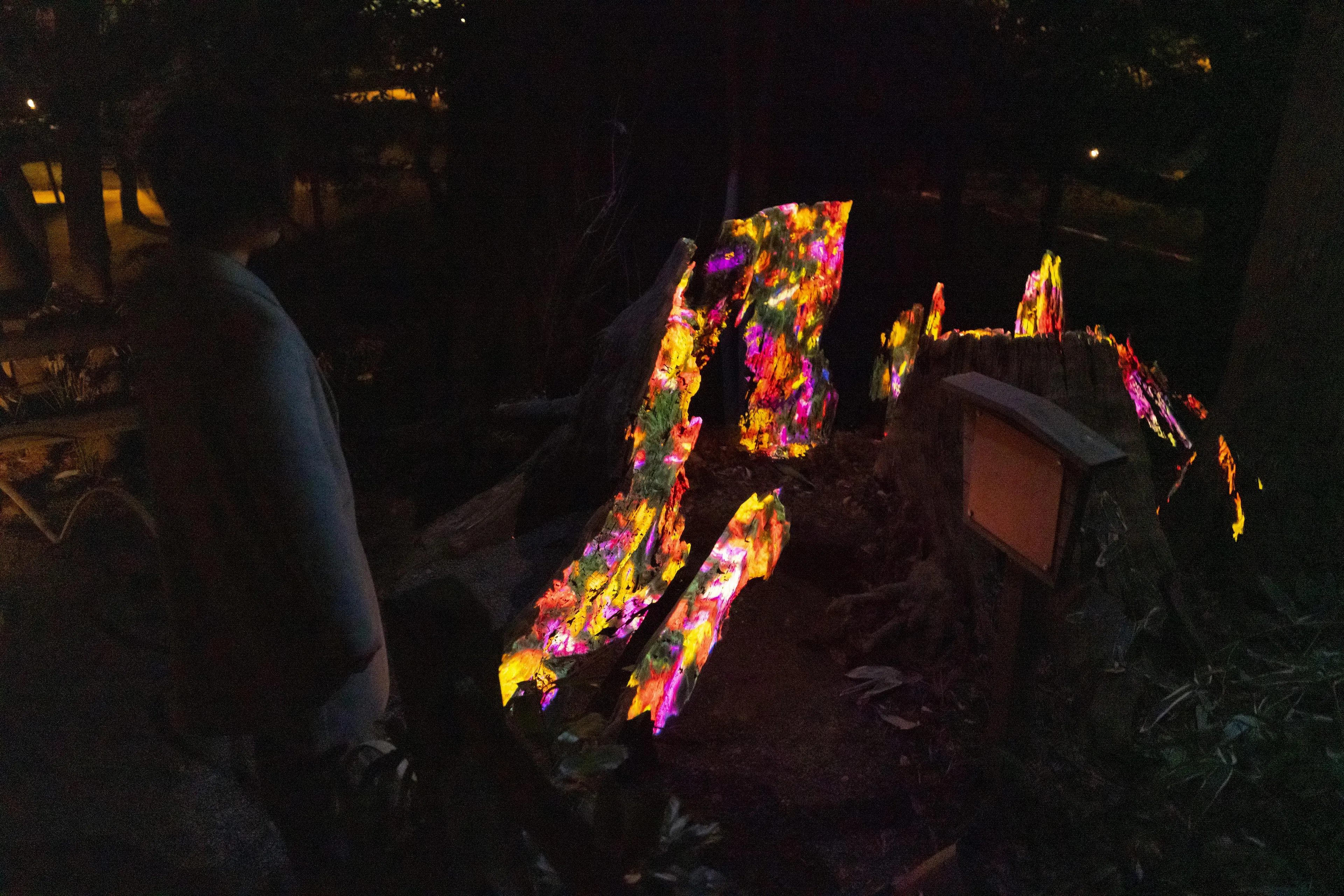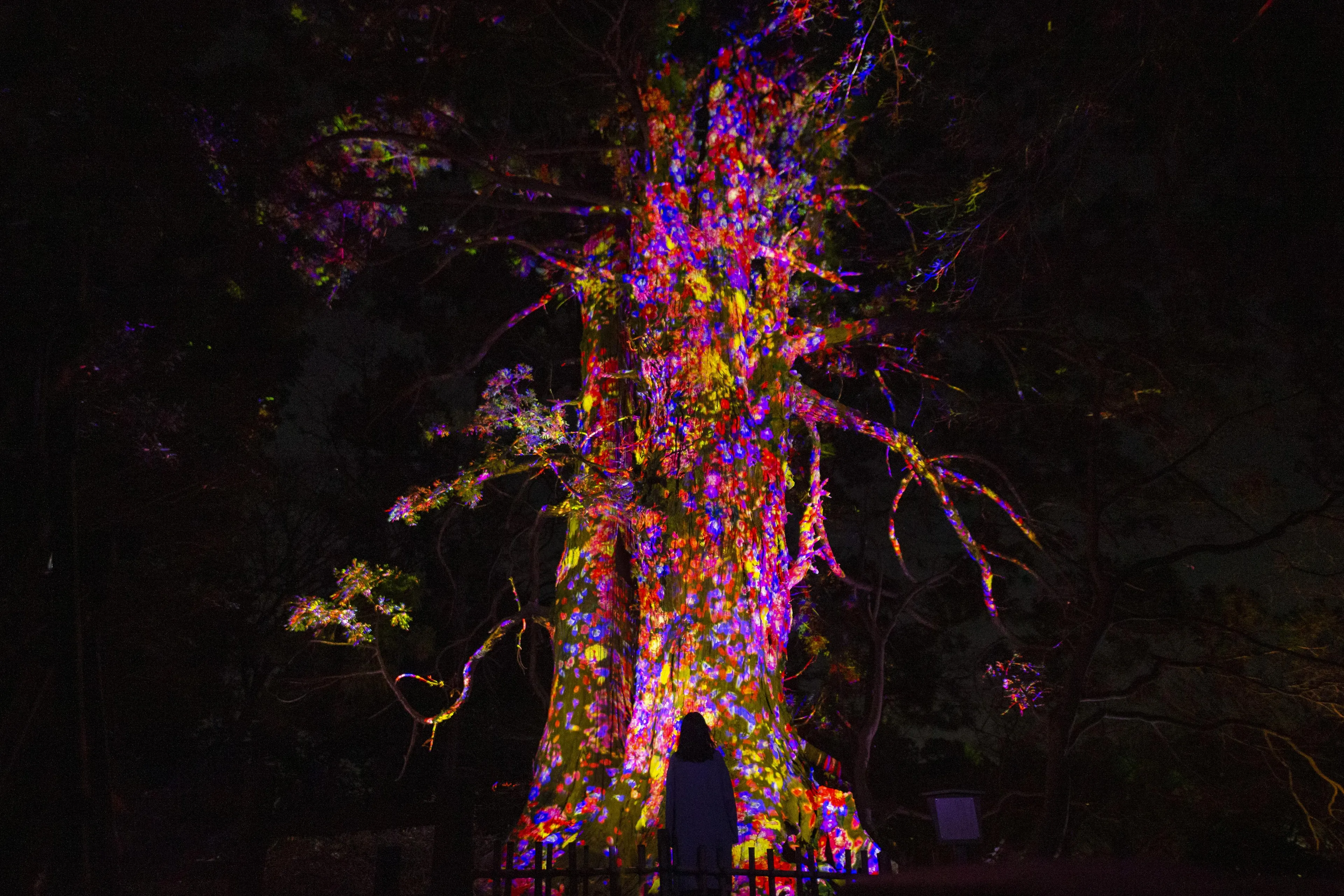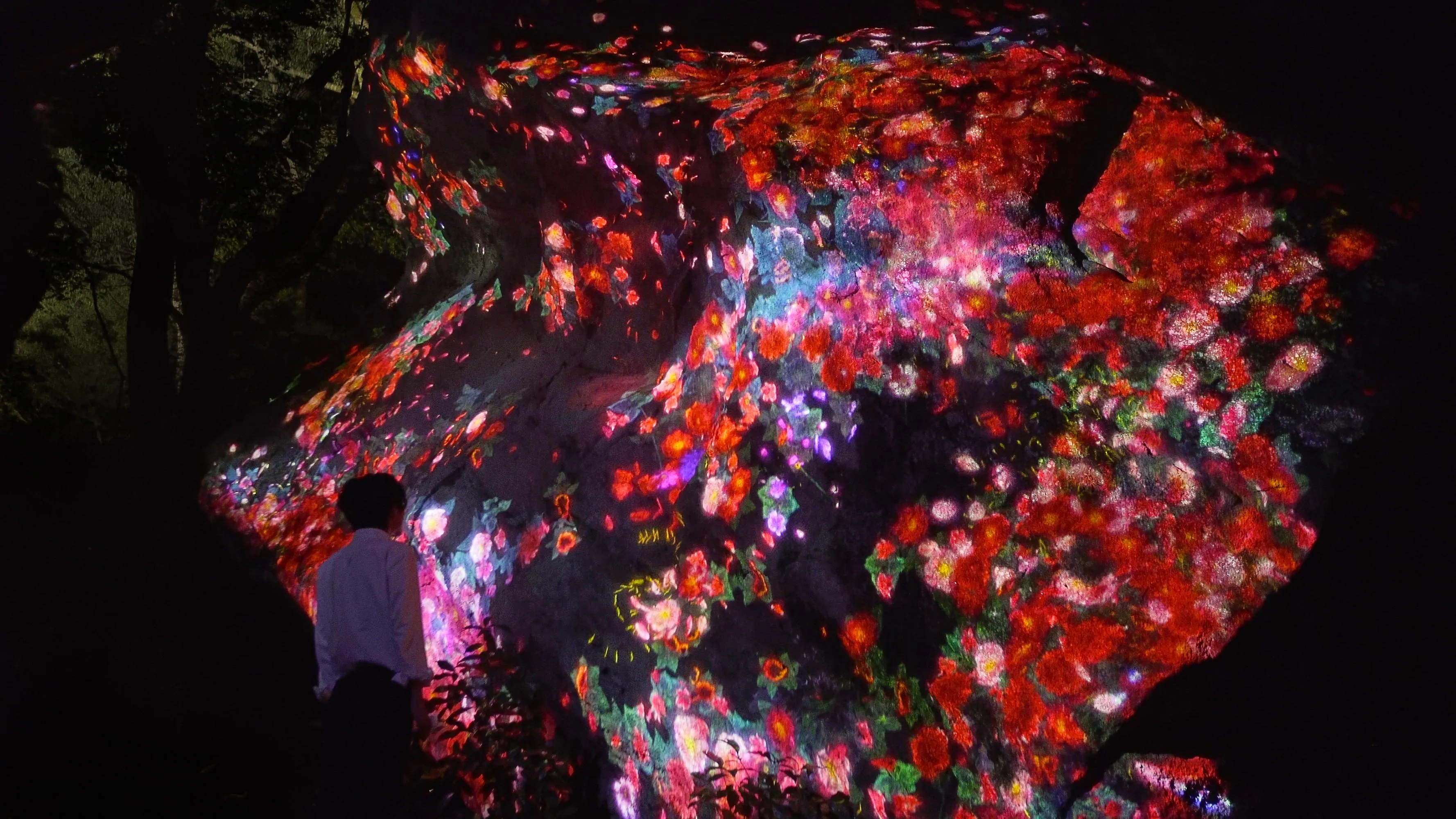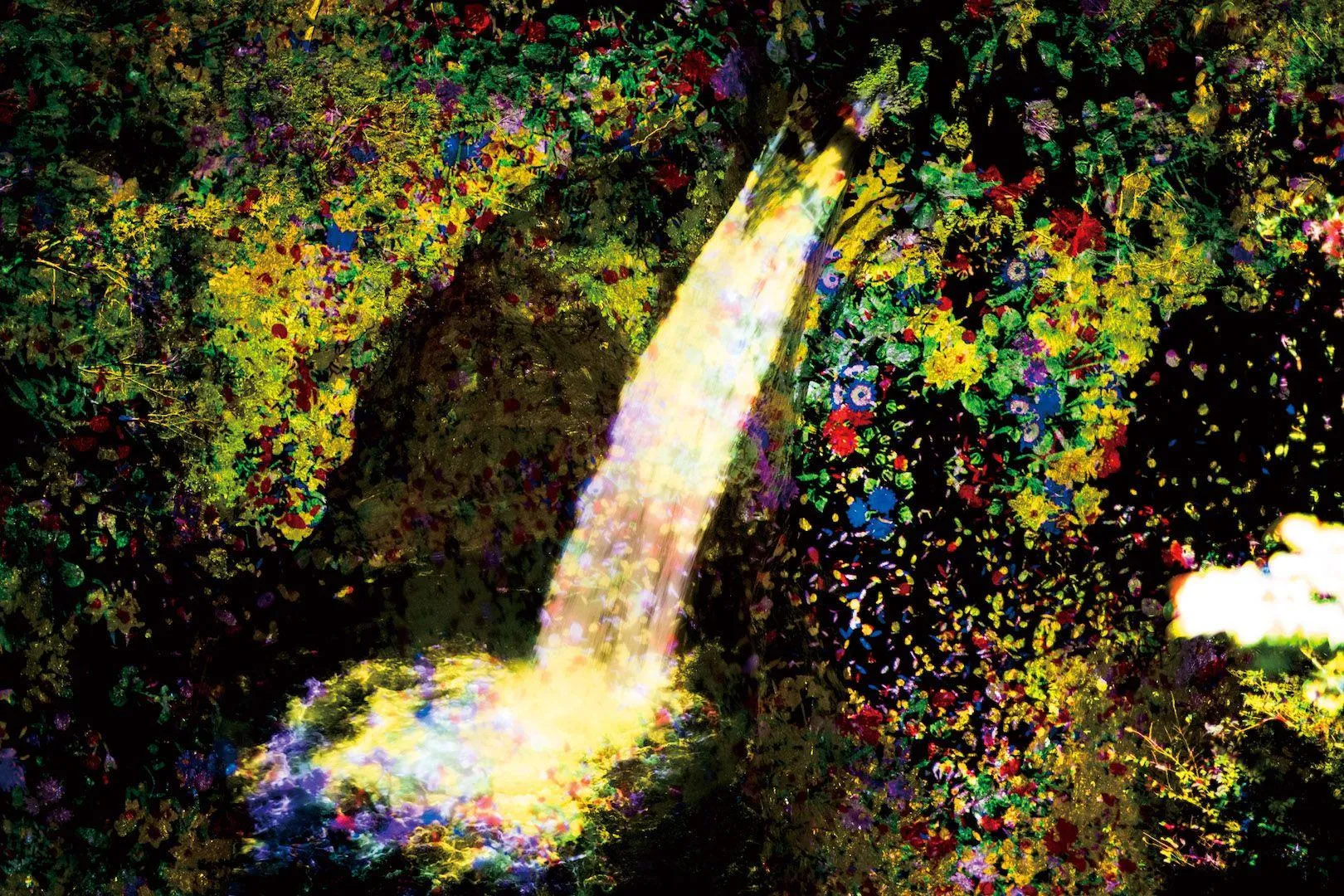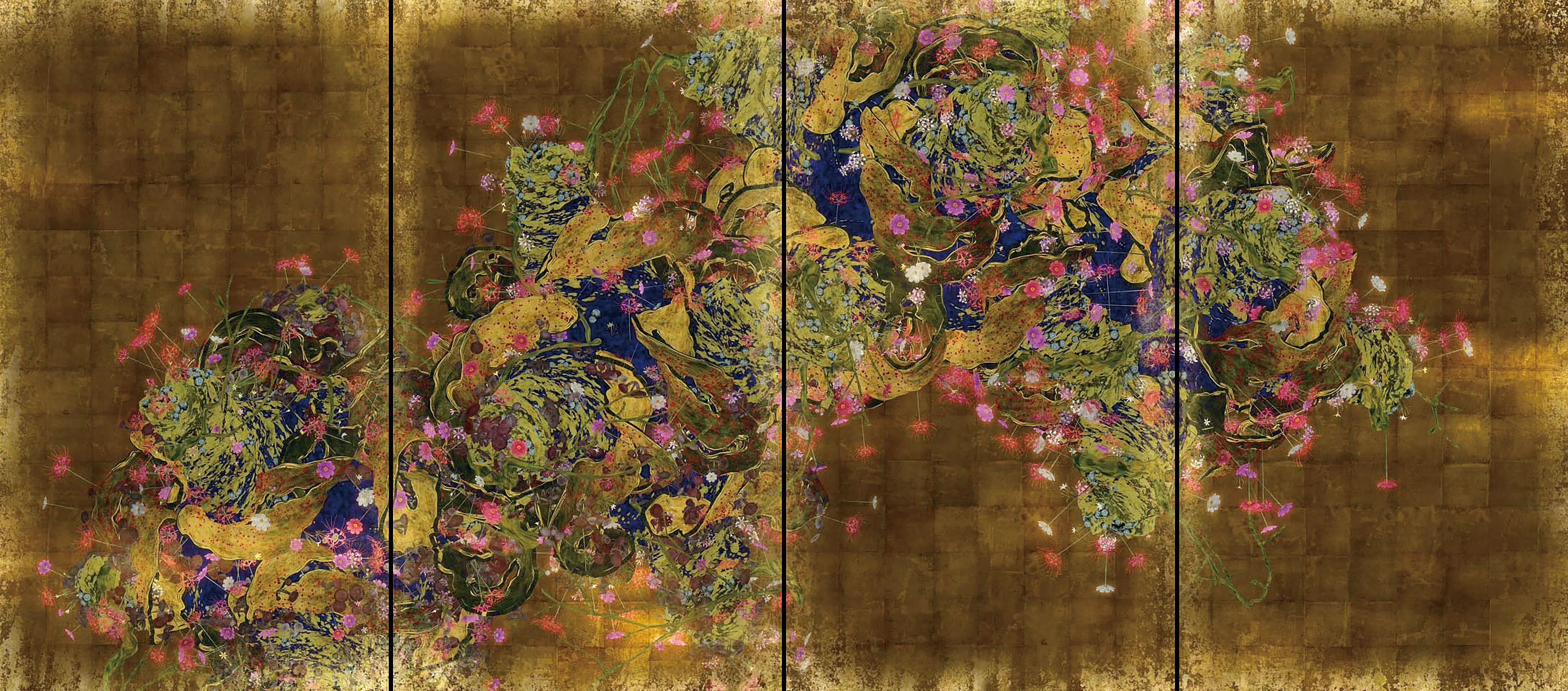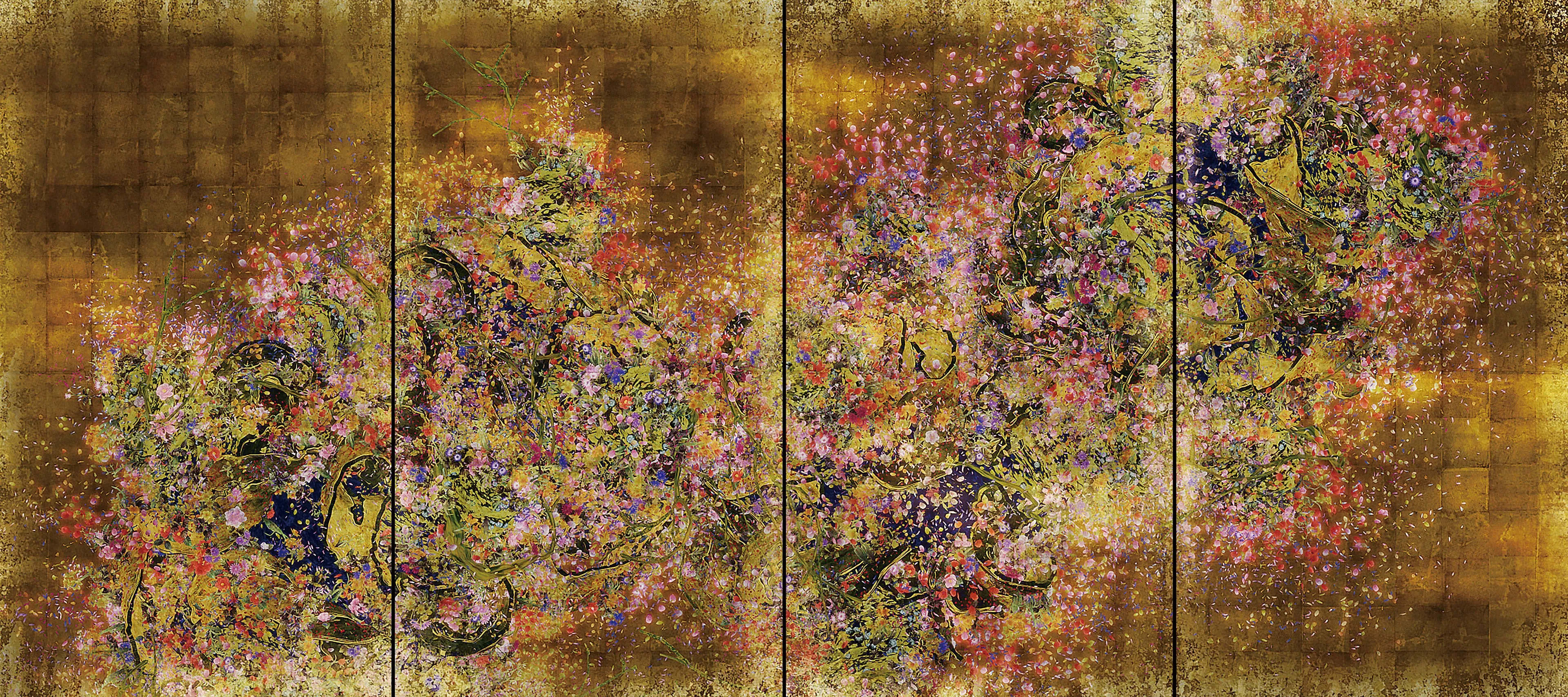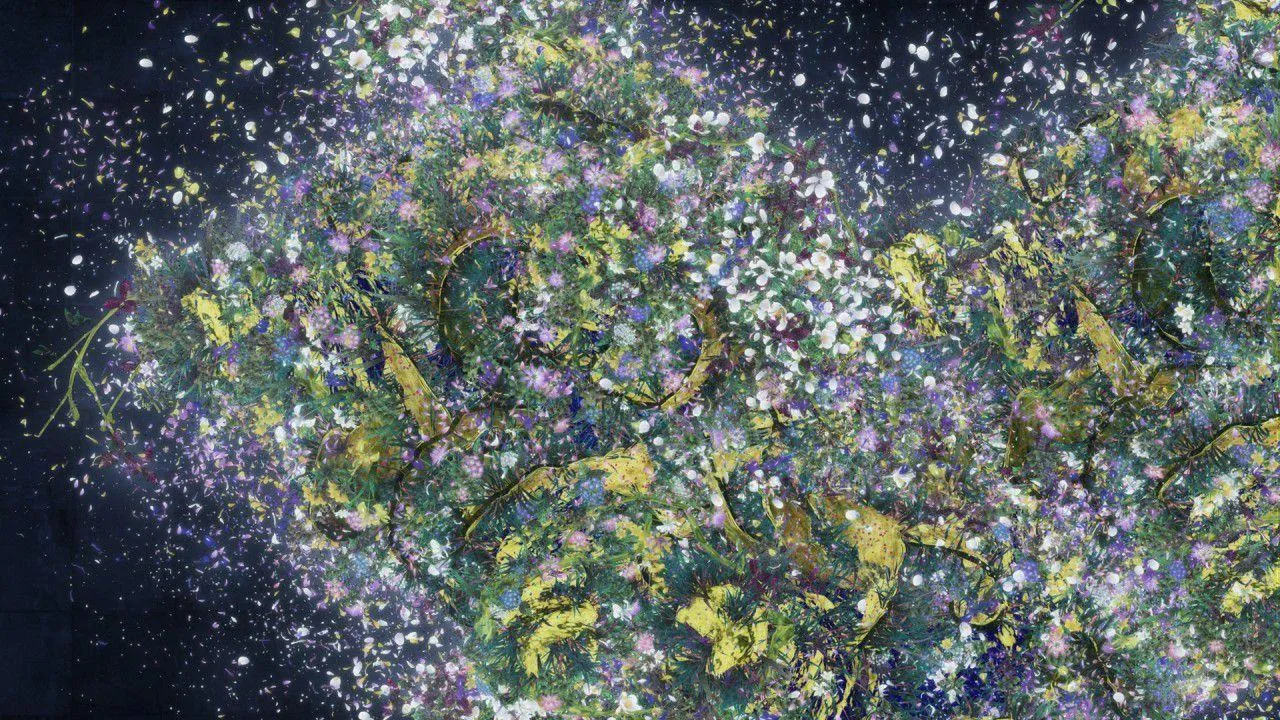Featured on The Sydney Morning Herald, Sep 11, 2015
All a-flutter in the beautiful, blossoming, interactive world of TeamLab
START Art Fair (until 13 September) director Niru Ratnam was literally coming up roses yesterday. He welcomed preview visitors while immersed in the ever-shifting digital blooms created by Tokyo-based collective teamLab, which was one of the most popular—and Instagrammed—projects of the fair. And he had a lot to smile about, with plaudits rolling in for the second edition of this 47-gallery fair that lives up to the much bandied term “boutique” by comfortably occupying three floors of the elegantly neutral retail-ish Saatchi Gallery spaces. But START is rarely bland and genuinely lives up to the well-worn “global” label. There are galleries from Bogotá to Budapest via Colombo aImagine this. You’re in a dark room. Around you, projected onto the walls and floor, is a bright profusion of flowers in motion, constantly budding, blooming, withering and dying. As you approach the wall, your reflection appears among the blossoms, wreathed in petals. Your movements trigger changes, causing the blooms to shrivel or spring up anew.
Over the course of an hour, the flowers change to reflect the four seasons of a year. Also on the walls are two separate artworks displayed on large digital panels, each with a similar, blooming theme. All around the room, flying through the flowers, are countless butterflies. As you watch, they move in a seamless, fluttering path from the wall into the digital artworks then out the other side, back onto the wall, without a pause or flicker. If you reach out and touch a butterfly, it dies.
This installation, Flutter of Butterflies Beyond Borders, is the latest interactive work from Japanese creative group TeamLab, shown at Saatchi Gallery in London. Closer to home, visitors to the Sydney Contemporary art fair can see Flowers and People – Gold, a smaller-scale TeamLab work shown by Paddington’s Martin Browne Contemporary gallery.
This one appears across four digital monitors hung together as panels, with a sensor on the floor that picks up movement. As the viewer approaches, flowers start to release tiny petals in a swirling snowstorm effect, and gradually bright patches appear on the screen, like a glowing galaxy of stars. The flowers in these patches wither and die before regenerating. Complex programming algorithms responding to the sensors mean the artwork is never the same.
“The more intense your physical relationship is to the work, the more intense the work becomes,” says Baden Pailthorpe, researcher and digital artist at Martin Browne. “When you’re used to instant gratification, like touch-screen instant outcomes, this is more gentle.” As with all TeamLab’s work, Flowers and People – Gold is connected to traditional Japanese art, with delicate, decorative elements presented on screens with a glowing golden background. Though beautiful and meditative to look at, it is not a passive experience once you realise your effect on the work.
“In the context of humans impacting their environment, you often can’t see the effects straight away because the system is so complex and slow-moving, but still the changes are profound,” says Pailthorpe.
The initial idea for Flowers and People came from the founder of TeamLab, Toshiyuki Inoko, during a visit to Japan’s Kunisaki peninsula last year, when the countryside was full of flowers. It made him think about the relationship between people and flowers, which ones were wild and which were the result of human intervention, how people and nature shape each other.
After studying mathematical engineering, Inoko formed his “artist collaborative” in Tokyo in 2001, gathering a pool of programmers, engineers, animators, mathematicians, architects, graphic designers and editors.
HIs idea was not to form a company but to have a place to hang out with his friends, a creative laboratory where they could work on his fundamental belief: that art and technology can help humankind to evolve in positive ways.
It took 10 years for TeamLab to start producing the large-scale interactive art that in the past few years has gained them an international reputation, from London to Singapore to New York.
Recent highlights include projecting a giant koi carp onto a vast screen of water behind a kabuki dancer in Las Vegas; and a 3-D waterfall called Universe of Water Particles, with hundreds of thousands of water particles individually rendered, pouring over a virtual rock at a resolution five times full high-definition. For Crystal Fireworks of Wishes, visitors choose a fireworks display on their smartphone, make a wish, then set off their own explosive show on a 3-D screen of hanging crystal light strands.
Takashi Kudo, TeamLab’s communication director, says although technology is a crucial element, it is not the first priority but a tool to express creative thought – the way artists use paint.
“We have something we want to explain. That thing we cannot explain by words, that’s the reason it becomes art,” Kudo says.
Who comes up with a concept is not important; it’s all about using TeamLab’s collective power to bring the concept to life. Like a giant hive mind, the group has 400 brains working for it, with an average age of less than 30. Some are involved in commercial work, such as advertising and data collection, which helps support the main artistic focus.
What sets TeamLab apart, Pailthorpe says, is the marriage of ultra-modern technology with age-old stories and art.
“Most digital practice is concerned with cutting-edge ideas and technology. This is between the two. It looks to the past with a foot in the future, and it is uniquely Japanese in that sense,” he says.
TeamLab’s work is also, as Kudo says, “100 per cent positive”. Where much of contemporary art offers a critique of society, for TeamLab “art is sanctuary”. But what about those butterflies dying when you touch them? Is that positive?
Yes, says Kudo, because they die very beautifully, and then regenerate. The Saatchi installation is also about releasing art from the restriction of frames, and being mindful of others.
“If you just see it on a monitor, you don’t think about other people because it doesn’t change,” Kudo says. “But if you are part of this artwork it will change, so you have to think a little bit about other people.”
Inoko believes small changes in people’s values can mean big changes in society, but he also simply wants to invent things that make the heart beat faster and, in our digitally saturated world, reboot a sense of wonder.
“I want the future to be exciting,” he says. “A dull future makes life hard. If tomorrow looks duller than today, why live on?”
SO YOU WANT ONE ON YOUR WALL
People and Flowers – Gold sells for $US80,000 ($114,000) at Martin Browne Contemporary, a price that includes a box containing the hard drive, with software to run the work. The buyer must then purchase the required hardware, including monitors and sensors. “It’s not that different to buying a computer and installing a game,” says Pailthorpe. “Once it’s installed, it’s the most simple thing, like turning a light switch on and off.” Of an edition of 10 works, the gallery has sold five since first showing it in July.
